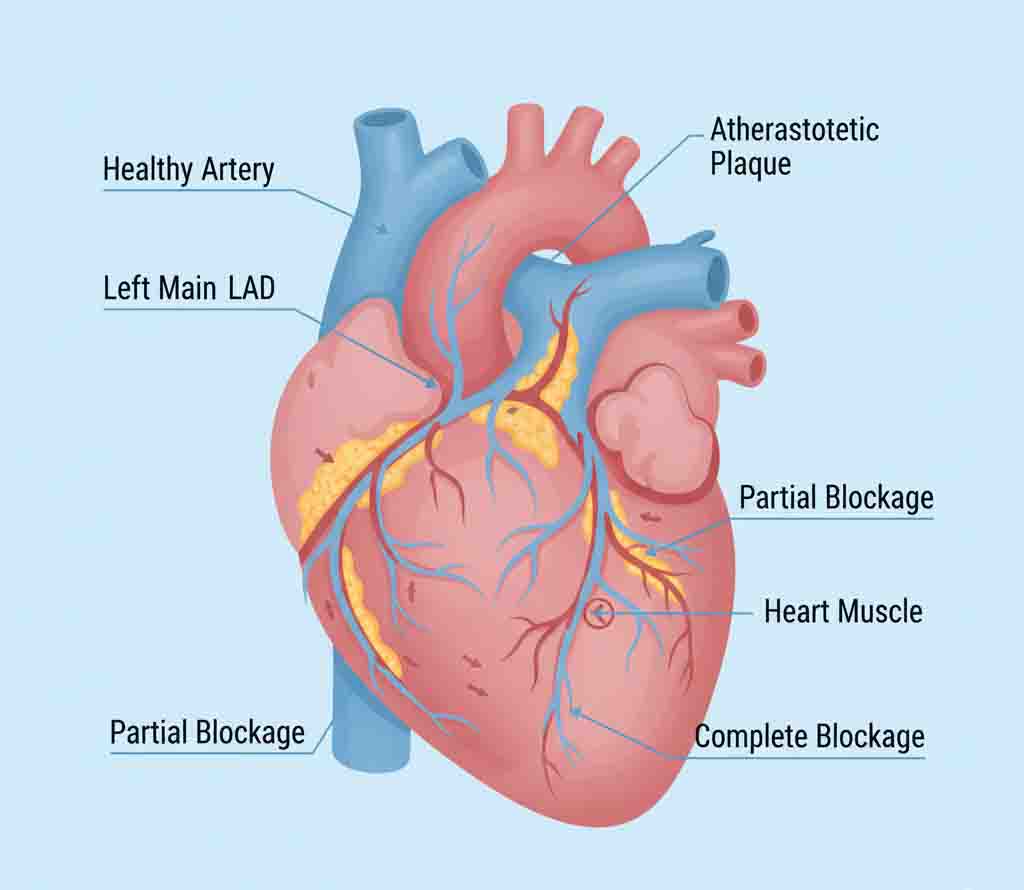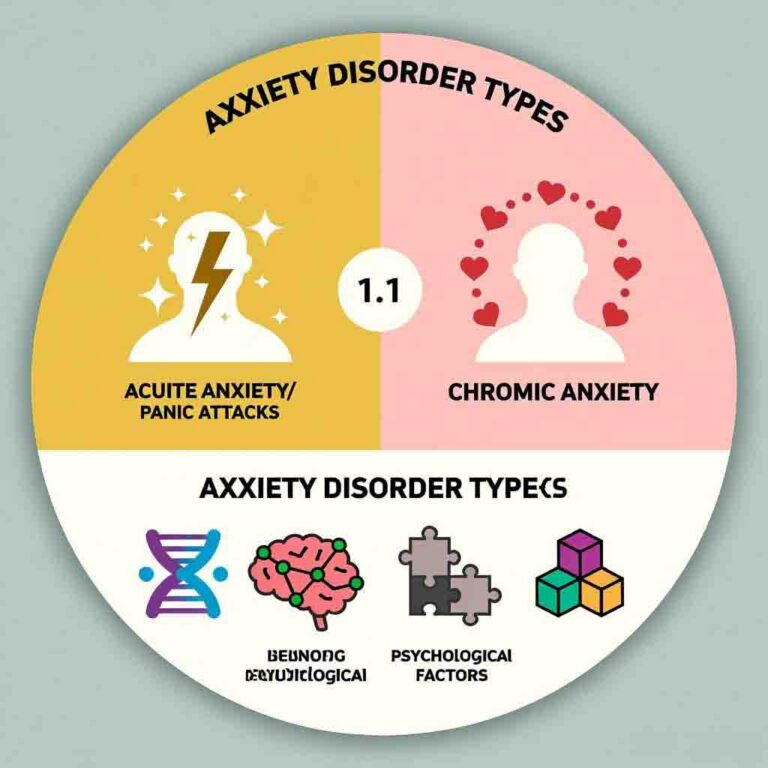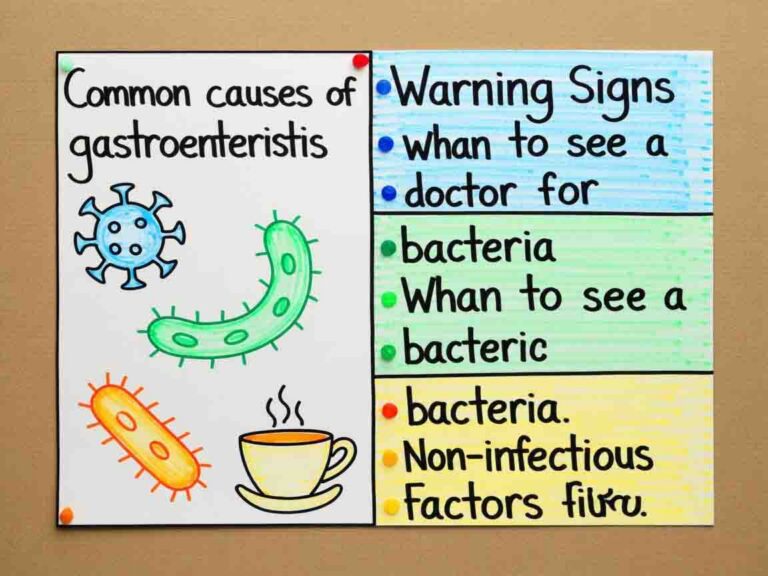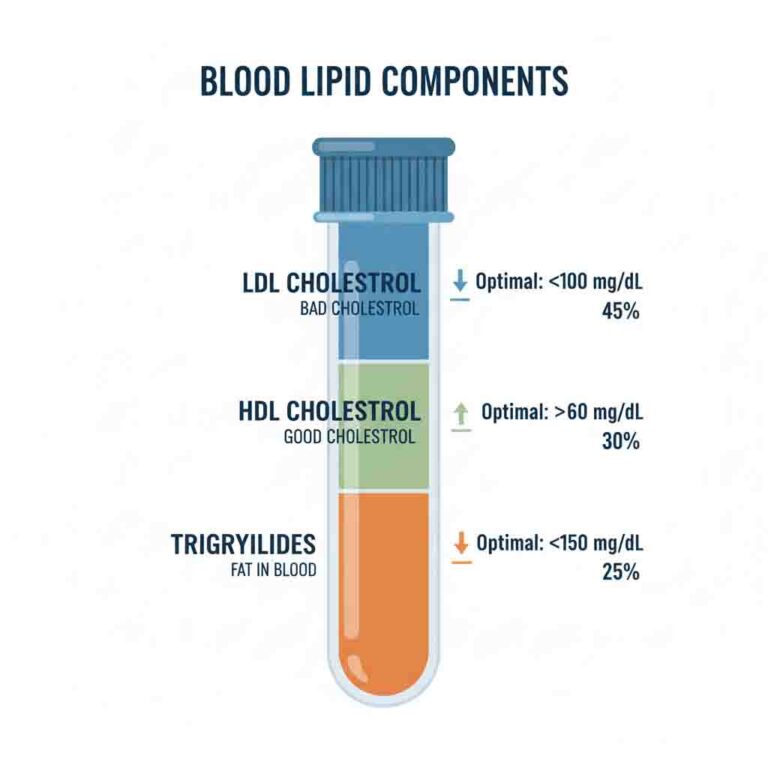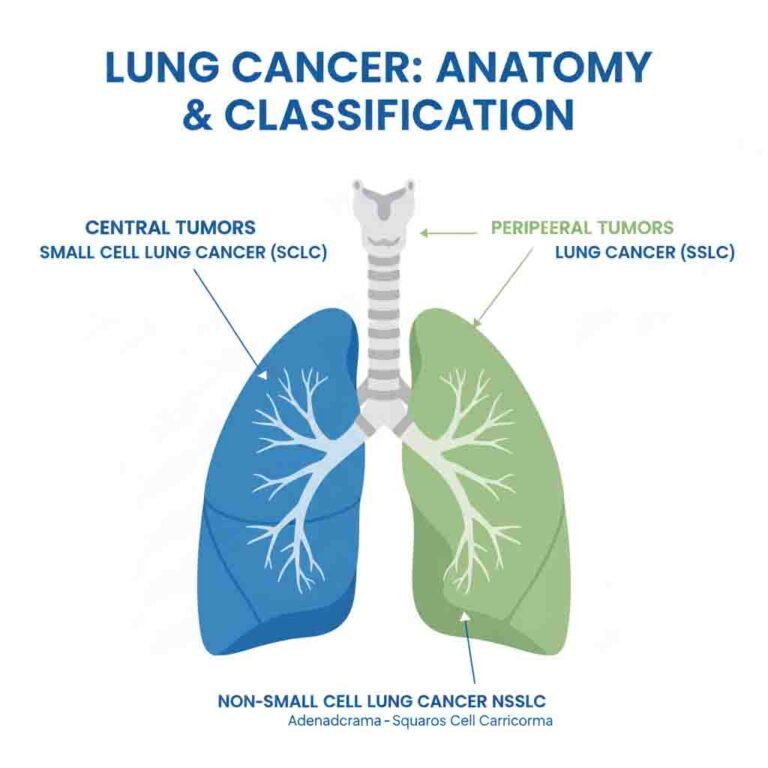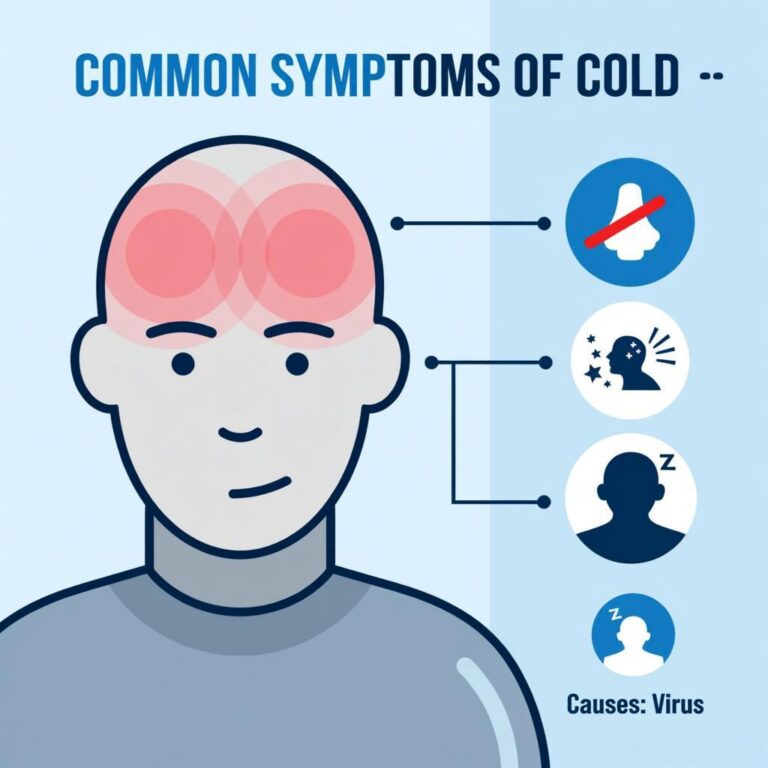Understanding Myocardial Infarction
Myocardial infarction, commonly known as a heart attack, occurs when blood flow to the heart muscle is severely reduced or blocked, potentially causing damage to heart tissue.
Common Warning Signs
-
Intense, persistent chest discomfort
-
Pain radiating to arms, neck, or jaw
-
Shortness of breath and difficulty breathing
-
Cold sweats and paleness
-
Nausea and vomiting
-
Dizziness and weakness
Primary Classification
Based on ECG Findings:
-
ST-elevation myocardial infarction (STEMI)
-
Non-ST-elevation myocardial infarction (NSTEMI)
Main Contributing Factors
Primary Causes:
-
Coronary artery disease
-
Atherosclerotic plaque development
-
Blood clot formation
-
Vascular inflammation
Risk Factors:
-
Tobacco use
-
High blood pressure
-
Elevated cholesterol levels
-
Diabetes management concerns
-
Physical inactivity
-
Unhealthy dietary patterns
-
Genetic predisposition
Diagnostic Evaluation
Healthcare professionals may utilize:
-
Electrocardiogram (ECG) monitoring
-
Blood tests for cardiac markers
-
Imaging studies
-
Cardiac function assessment
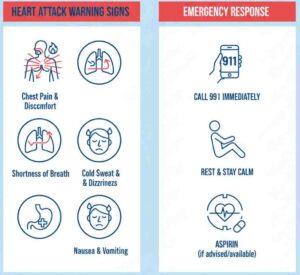
Emergency Response
Immediate Actions:
-
Seek emergency medical assistance
-
Remain calm while waiting for help
-
Follow emergency responder guidance
-
Provide clear information to medical staff
Preventive Considerations:
-
Regular health check-ups
-
Healthy lifestyle choices
-
Risk factor management
-
Awareness of warning signs
Medical Disclaimer: This information provides educational content about myocardial infarction. This is not medical advice and should not replace professional healthcare consultation. If you experience symptoms suggesting a heart attack, seek immediate emergency medical attention. Individual medical needs vary, and only qualified healthcare providers can offer appropriate diagnosis and treatment recommendations.

